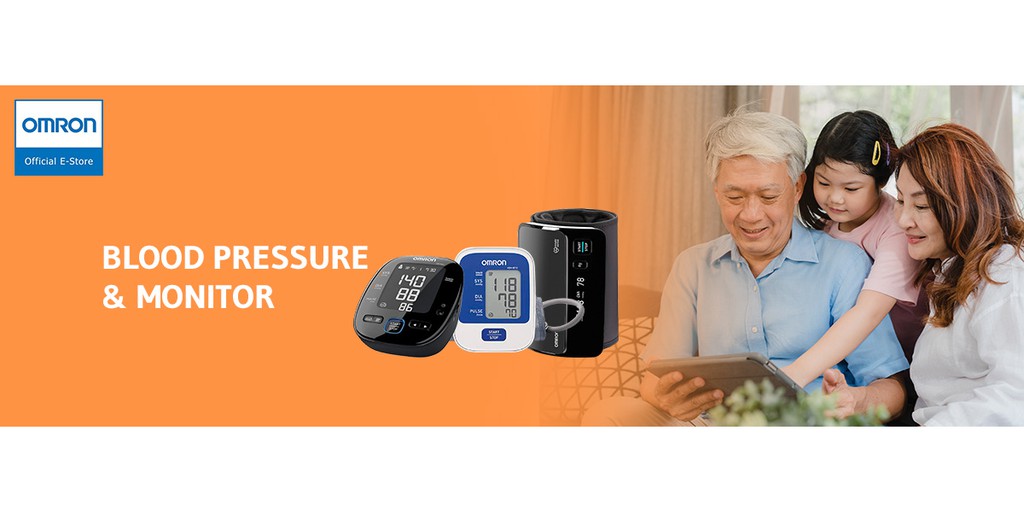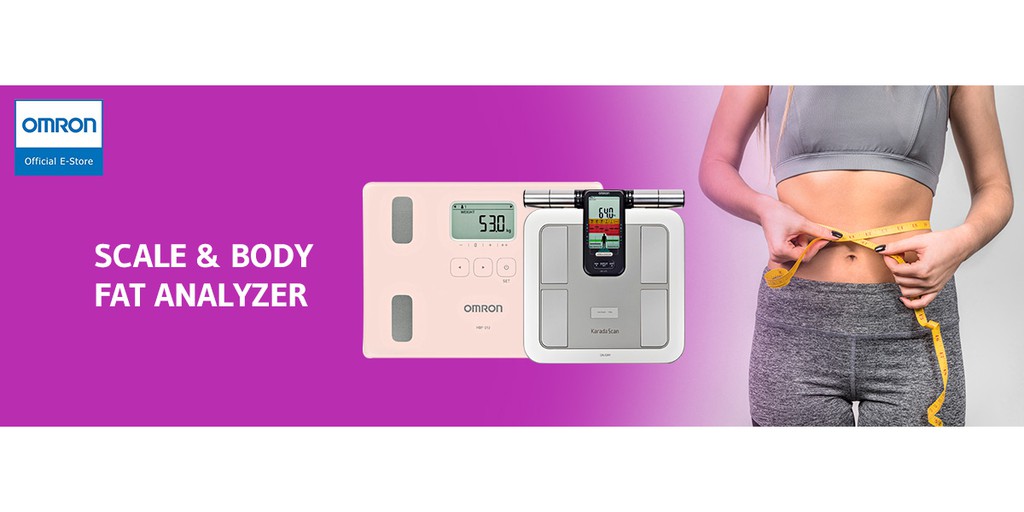ABO Blood group + Rhesus medical test
Learn about ABO Blood group + Rhesus medical tests, including what the tests are used for, why a doctor may order a test, how a test will feel, and what the results may mean.
What is ABO Blood group + Rhesus?
Blood typing is a test that determines a person’s blood type.
Why perform ABO Blood group Rhesus test?
Blood typing is done prior to a blood transfusion or when classifying a person’s blood for donation. Blood typing is a fast and easy way to ensure that you receive the right kind of blood during surgery or after an injury. If you’re given incompatible blood, it can lead to blood clumping, or agglutination, which can be fatal.
Blood typing is especially important for pregnant women. If the mother is Rh-negative and the father is Rh-positive, the child will likely be Rh-positive. In these cases, the mother needs to receive a drug called RhoGAM. This drug will keep her body from forming antibodies that may attack the baby’s blood cells if their blood becomes mixed, which often happens during pregnancy.
How is the procedure performed?
A blood sample drawn from a vein in your arm. You may want to wear a shirt with sleeves that can easily be rolled up to make it easier to collect the blood sample. In order to determine your blood type, a lab technician will mix your blood sample with antibodies that attack types A and B blood to see how it reacts. If your blood cells clump together when mixed with antibodies against type A blood, for example, you have type B blood. Your blood sample will then be mixed with an anti-Rh serum. If your blood cells clump together in response to the anti-Rh serum, it means that you have Rh-positive blood. Your blood type can be determined in a matter of minutes. Once you know your blood type, you can donate blood and receive transfusions from donors in the compatible blood groups.
What will be the results interprets?
The ABO test shows that people have one of four blood types: A, B, AB, or O.
- Group A has the A antigen and B antibody.
- Group B has the B antigen and the A antibody.
- Group AB has A and B antigens but neither A nor B antibodies.
- Group O doesn’t have A or B antigens but has both A and B antibodies.
Blood types are further organized by Rh factor:
- Rh-positive: People with Rh-positive blood have Rh antigens on the surface of their red blood cells. People with Rh-positive blood can receive Rh-positive or Rh-negative blood.
- Rh-negative: People with Rh-negative blood do not have Rh antigens. People with Rh-negative blood can receive only blood that is also Rh-negative.
Together, the ABO and Rh grouping systems yield your complete blood type. There are eight possible types: O-positive, O-negative, A-positive, A-negative, B-positive, B-negative, AB-positive, and AB-negative.
Among these eight main blood types, some are rarer than others. The list below shows the percentage of donors with each blood type:
- O positive: 35%
- O negative: 13%
- A positive: 30%
- A negative: 8%
- B positive: 8%
- B negative: 2%
- AB positive: 2%
- AB negative: 1%
Which blood types are compatible to another person's blood type for donation?
| Blood type | Can donate blood to people with these blood groups | Can receive blood from people with these blood groups |
|---|---|---|
| A negative | A-, A+, AB-, AB+ | A-, O- |
| A positive | A+, AB+ | A+, A-, O+, O- |
| B negative | B-, B+, AB-, AB+ | B-, O- |
| B positive | B+, AB+ | B+, B-, O+, O- |
| AB negative | AB-, AB+ | AB-, A-, B-, O- |
| AB positive | AB+ | All Blood Types |
| O negative | All Blood Types | O- |
| O positive | O+, A+, B+, AB+ | O+, O-- |


